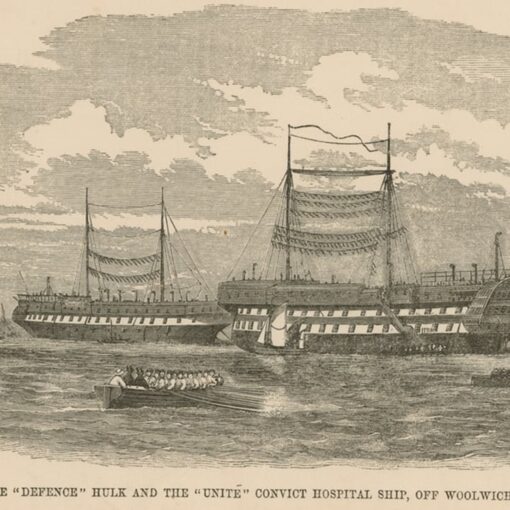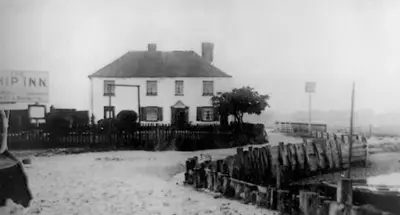The story of two Sawley families, lots of aunts, and the largest airborne battle in history.
Lily Marsden was born in Melton Mowbray in 1894, but was brought up by her aunt, Eliza Jane Dawson (nee Marsden) in Sawley. They’d moved to East End after her husband William Dawson started working as a platelayer on the Midland Railway. They later moved to 3 Town Street.
In 1917 Lily married a Frederick Hill and moved to Nottingham with him, but their son Frederick William Hill seems to have lived with the Dawsons in Town Street. Lily may have moved back to Sawley too, but she died in 1922.
In 1939 Frederick (Fred) was still living with the Dawsons, but when war broke out he volunteered for the Army and was drafted to the Royal Army Service Corps (RASC) as a driver. Whilst on leave in 1940 he married Marjorie Bennett.
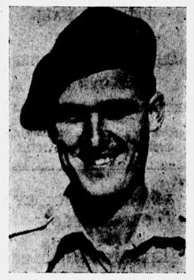
Arthur Bennett was born 1889 in Buxton. His father, Philip Bennett, was from the Forest of Dean, but had moved to North Derbyshire while working as a signalman for the Midland Railway. Soon after Arthur was born the family moved to New Tythe Street, Long Eaton. Philip was probably working in one of the many signal boxes around Trent Station. By 1911 Philip had become a railway inspector and the family were living on Station Road.
Arthur became a twist hand in the Long Eaton lace trade. He married Annie Chappell in 1912. They lived in New Sawley and had 2 children: Marjorie (1914-1995) and George Arthur (1919-1985).
After Annie died in 1919, Arthur married Laura Widdowson. By 1921 they were living at 86, Wilsthorpe Lane, and Arthur was working for Annie’s father and brother – George Chappell and son – at Birchwood Mills. Arthur and Laura had a large plot of land on which they raised and sold chickens. Around 1925 they sold the land for building plots and moved to Norfolk to run a poultry farm.
Their son George stayed in Norfolk, but Marjorie Bennett moved back to Long Eaton and started work at Armorduct (just off the Market Place) as an electric cable winder. In 1939 she was lodging with her aunt, Annie Smith (nee Bennett), at 26 Conway Street, Long Eaton. In 1940 Marjorie married Frederick William Hill.
They didn’t need, and probably couldn’t afford, their own house while Fred was in the Army, so Marjorie lived with another aunt, Miriam Turner (nee Chappell), at 87 Wilsthorpe Road. She kept her job with Armorduct (Long Eaton Cable Company). During the war it made specialist electrical cables for aircraft and degaussing cables for ships (to counter magnetic mines).
In 1941 Fred answered the first call for volunteers for airborne forces. He joined 250 (Airborne) Light Composite Company, RASC and completed parachute training in the winter of 1942/43. In early 1943 they were sent to North Africa to join HQ 1st Airborne Division. They then took part in the invasion of Sicily before conducting air resupply operations in Italy. Back in Long Eaton Marjorie collected newspaper articles about the British airborne forces.
1st Airborne were kept in reserve for D-Day and all the subsequent plans were cancelled until in September 1944 they deployed on Operation Market Garden.
Most of Fred’s unit were part of the land assault, bringing supplies from Belgium, across the Nijmegen and Grave bridges. But Fred was among two platoons who deployed to Arnhem by parachute and glider on 17/18th September, to supply Lt. Col. Frost’s men defending Arnhem bridge. Although Frost was effectively cut off, Fred’s team managed to get through to the centre of Arnhem.
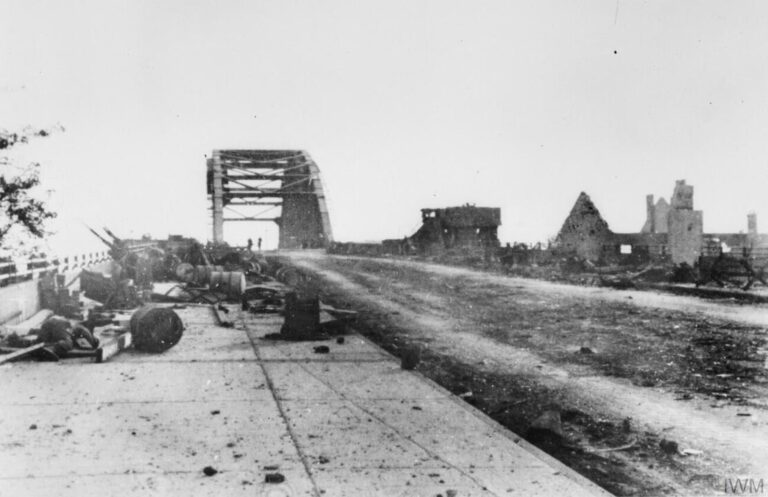
But by the night of 20th, the situation was hopeless, and the paratroopers had run out of ammunition. Men who weren’t already injured tried to break out to the main 1st Airborne position at Oosterbeek, but most were captured. The next morning the Germans mopped up the survivors in Arnhem. Fred was captured with some other RASC men near the church, about 300 yards from the bridge. But then Germans opened fire on them with a machine gun. Fred was killed and buried near the bridge.
Photo by Bundesarchiv, Bild 183-S73820 / CC-BY-SA 3.0, CC BY-SA 3.0 de
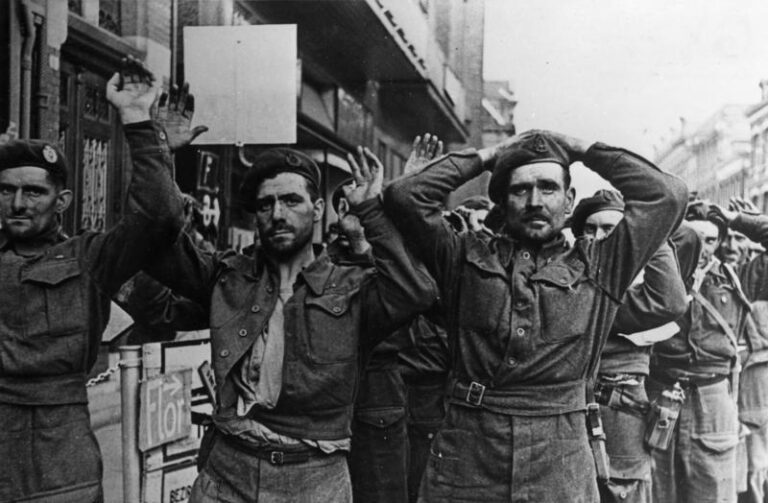
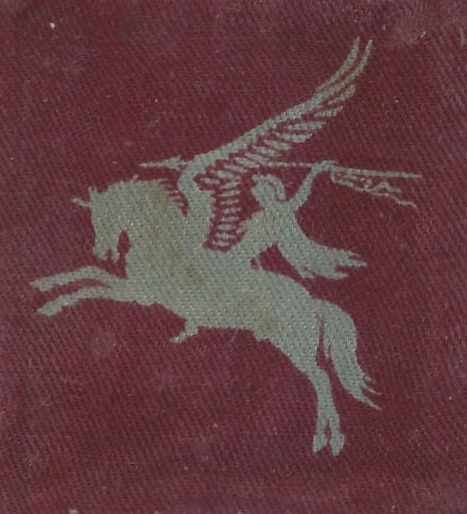
As the fighting at Arnhem died down, Marjorie heard that Fred was missing. In December 1944 she attended a service of thanksgiving and remembrance at St Wulfram’s church in Grantham (many 1st Airborne units had been based around Grantham since late 1943 and there are still links between the Parachute Regiment and the local area).
One of Fred’s airborne forces (Pegasus) badges
In January 1945 Fred was officially declared ‘Missing, presumed Prisoner of War’. It wasn’t until later in 1945 that Marjorie was told he was dead. A year after the battle, when his body was moved to Arnhem Oosterbeek War Cemetery, there was still much evidence of the fighting around Arnhem.
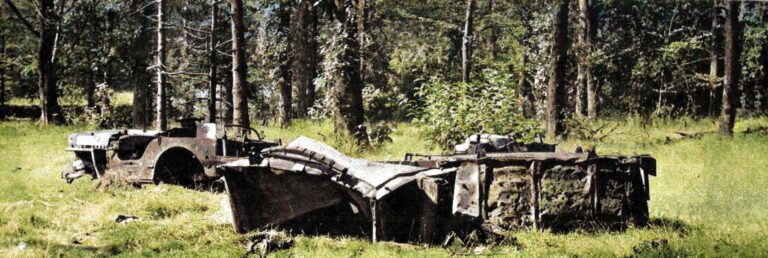
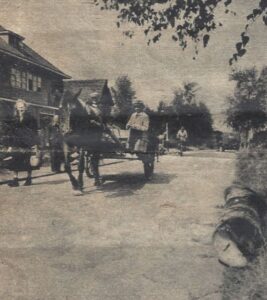
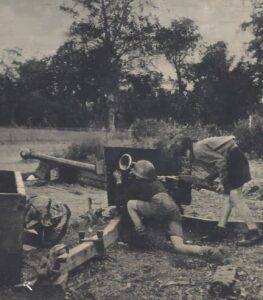
In 1953 Marjorie attended the opening of the Arnhem memorial by Queen Juliana. She also visited Fred’s grave. Each of the graves in the Oosterbeek War Cemetery had a miniature garden, tended by local children.
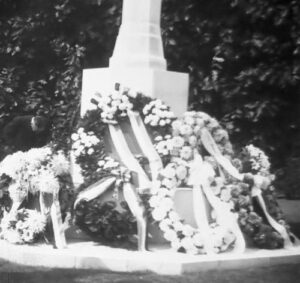
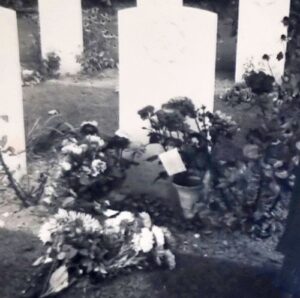
In 1948 Marjorie married Lawrence Mills (1922-1984). They lived at 16 Kirkwhite Avenue (off Cobden Street), Long Eaton.


